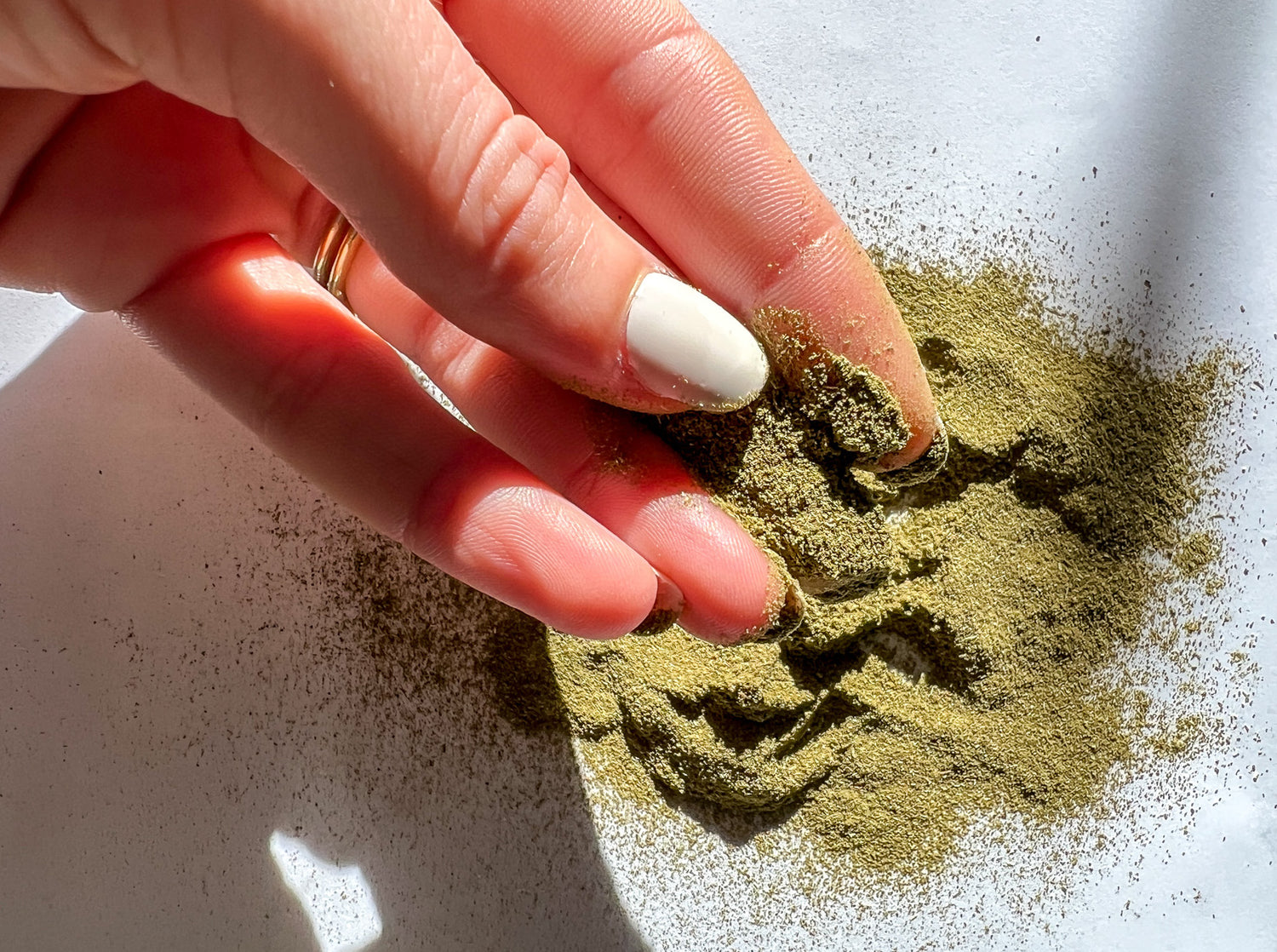If you’re from the US, you’re probably at least loosely familiar with the terms Filé, Gumbo, or Sassafras. You might’ve even heard it mentioned in Hank Williams' love song to Cajun cuisine, “Jambalaya.” But what is it, actually? Where does it come from? What should you be using it in, and how? Join us for a quick run-down, and let us spark your culinary history curiosity!
Gumbo File Sassafras is the powder from dried leaves of the Sassafras tree. Verdantly green with a sorta fruity, sorta earthy smell. Explains why the roots and bark of the tree were once used in some of the earliest known recipes for root beer! Interestingly, the common tree itself (Sassafras albidum, Cinnamon Wood, or Mitten Tree) is native to eastern North America, and sometimes grows wild along trails and in well-draining fields. Folks familiar with the bark of the tree say that when you give it a gentle scratch (easy, tiger!) you can smell some of the spicy aroma the leaves are so sought after for. It’s commonly used in Cajun cooking, but truly has worldwide popularity.
Some historians debate where the original term “gumbo” actually came from. It may have been derived from the Bantu “ki ngombo” which translates to “okra” - a reflection of the African people who had been brought to Louisiana in the 1700’s. Others say it’s from the Choctaw word for filé, “kombo.” Which also makes sense, as this tribe used the herb in important cultural dishes, and even has a month in their calendar named after it! There are also some French language roots at play. Actually coming from what is now considered French Canada, deportees came to live in Louisiana in the 18th century. “Filé” in French means “to turn into threads”, much like the binding properties of the herb itself when added to food.
In your own kitchen, we recommend trying out our shuper shrimple recipe for Shrimp & Grits for a weeknight dinner. We’ve also got apps covered with our recipe for homemade Hush Puppies & Remoulade with Gumbo File Finishing Salt. Which brings us to our most important words of advice when it comes to one of our most under-rated herbs. Careful about when you’re adding it to your dishes - it can turn into a sticky situation! When added with intention to soups, stews, or sauces that need a little stability, it’s gonna be your BFF. Just make sure you’re adding it pretty close to the end of the cooking process.
The influence and cultural importance of this herb lends itself perfectly to the metaphor of a gumbo. Separate ingredients moving, changing, influencing the flavours and textures of all the other ingredients surrounding it. Eventually turning into something delicious, meaningful, and intensely collaborative. Now get out there and gumbo, people!

